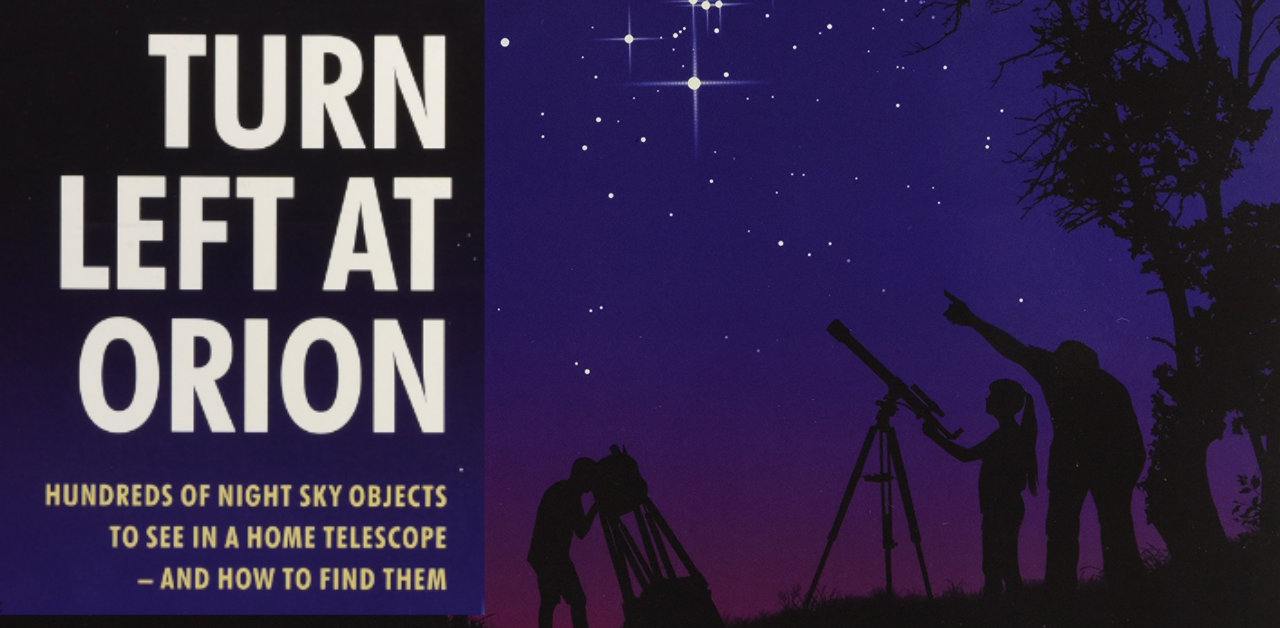Like many observers, I enjoy a combination of things to look at but I am happy to limit myself to just a couple of objects in one session.
“Turn Left at Orion” (along with SkySafari or Stellarium) is an essential guide for the visual observer.
It suggests good targets and explains how to find them. It also shows you what you can expect to see through the eyepiece.
I would also recommend installing one of these recommended star maps on a tablet or phone.
“What’s to see in the night sky” is a monthly Sky at Night YouTube channel that is worth watching. It is presented by Pete Lawrence and Paul Abel and lasts 30 minutes.
It is not a race or box-ticking exercise. The universe will still be there tomorrow so slow down.
Planning before you go out is vital but you need to be flexible in order to accommodate different conditions. I only target dim galaxies when I have dark skies and definitely not when there is a full moon.
You can download the observing log I use to record your targets.
My top targets
- The moon when it’s not full so there is a terminator casting shadows over the surface.
- Double Stars especially coloured binaries – these look great even if the sky is not dark! Top Tips – Almach, Alberio
- Clusters and star fields – With a large aperture telescope these look amazing. The brightness and 3D effect are mesmerising. Top Tips – The Double Cluster (NGC 869 and NGC 884) in Perseus, The Great Cluster M13 in Hercules and the easy to find Pleiades M45 in Taurus.
- The Planets and their moons – Saturn, Jupiter, Uranus, Mars and Venus (in that order)
- Brighter nebulae and objects from the Messier and NGC catalogues. Top Tips – Ring Nebula M57 in Lyra, the Orion Nebula M42 and Trapezium
- Dimmer, more difficult Deep Sky Objects (DSO) when conditions are right. Top Tips – M51a Whirlpool Galaxy, M81/M82 Bodes and Cigar Galaxies, Leo M65/M66 pair. You can then try challenges like M1 Crab Nebula.
- Other “time-limited” objects like Nova, comets and meteors as they come along!
Recommended
The Sky at Night magazine monthly update with Pete Lawrence and Paul Abel on YouTube
Aimed at binocular observers but great with a telescope
Binocular Objects (Karen Pierce) – http://www.uvaa.org/BinocularObjects.html
20 Deep Space Objects (Go Astronomy) – https://www.go-astronomy.com/top20-objects.htm
100 Deep Sky Objects by Ed Zarenski – https://www.cloudynights.com/documents/binocular.pdf
111 Deep Sky Wonders – https://skyandtelescope.org/wp-content/uploads/MullaneyDeepSky111.pdf
What can you actually see?
Forget the pretty Hubble and stacked pictures you will see posted everywhere and be realistic about what to expect. Most DSOs are dim, fuzzy patches. If you want colourful, detailed images of galaxies forget using an eyepiece and be prepared to invest a lot of time and money into a digital set up. There are many objects that you can see through an eyepiece that will look fantastic.
Recommended reading – http://www.deepskywatch.com/Articles/what-can-i-see-through-telescope.html

I think you forgot to mention asteriods and the dwarf planet Ceres.
I draw sketches of the search area where a selected asteroid should be and then check the area afterwards in a star map application – I use Stellarium. Other times when two star nights are near to each other I draw the same search area and check them against each other where you then can see one of the “stars” have moved and then rediscovered by me 🙂
I find asteroids to find at The Sky Live website (theskylive.com) and click on Asteroids in the top menu.
A very good call and recommendation. Thank you for those targets.